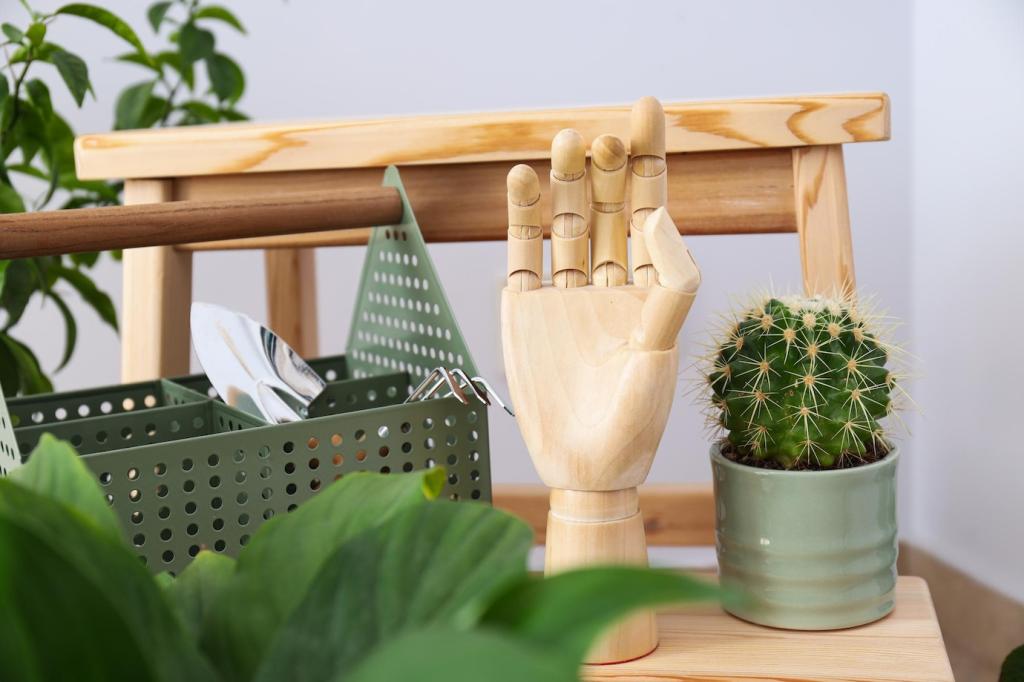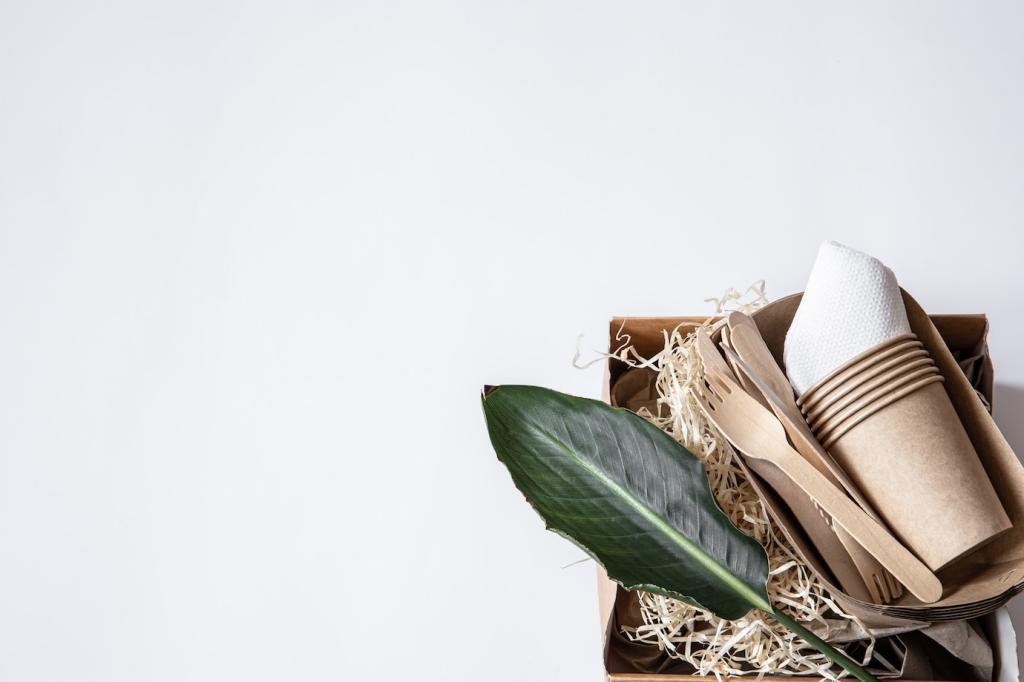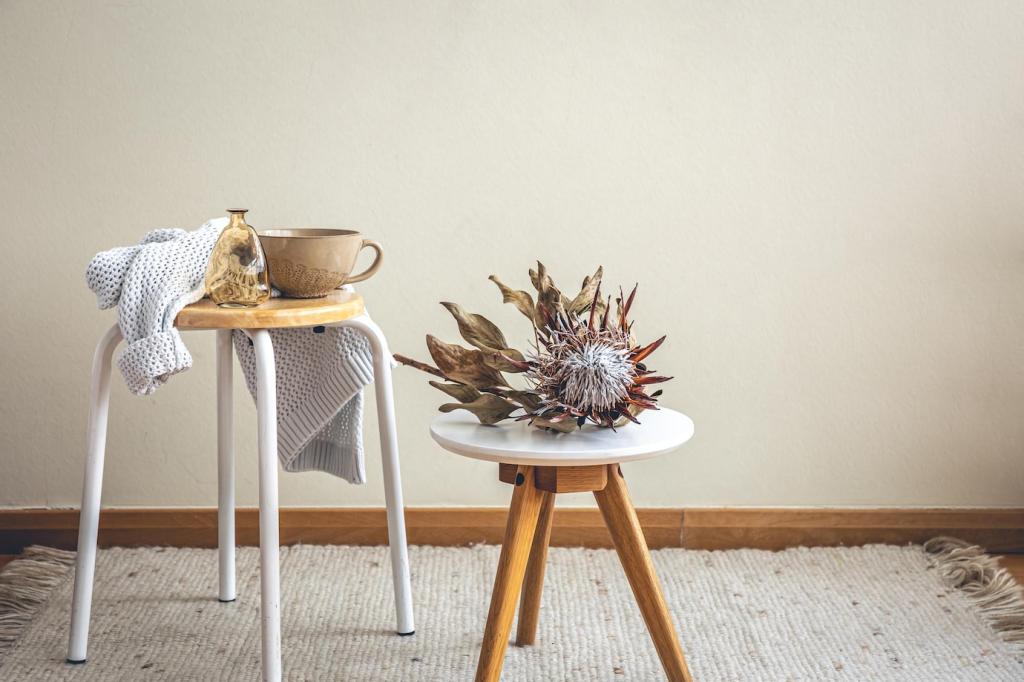
Eco-Friendly Flooring Options: Beauty, Comfort, and Responsibility
Selected theme: Eco-Friendly Flooring Options. Step into a home that breathes easier, looks stunning, and treads lightly on the planet. Explore renewable materials, recycled innovations, and practical tips that make every step softer on your conscience—then share your questions or triumphs to inspire fellow readers.
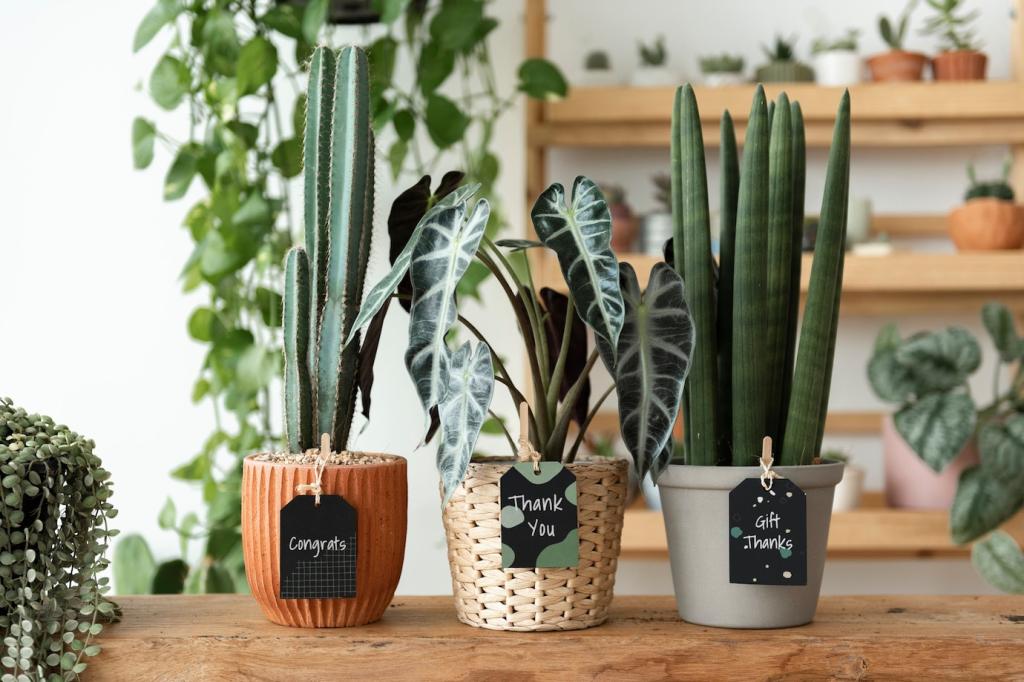
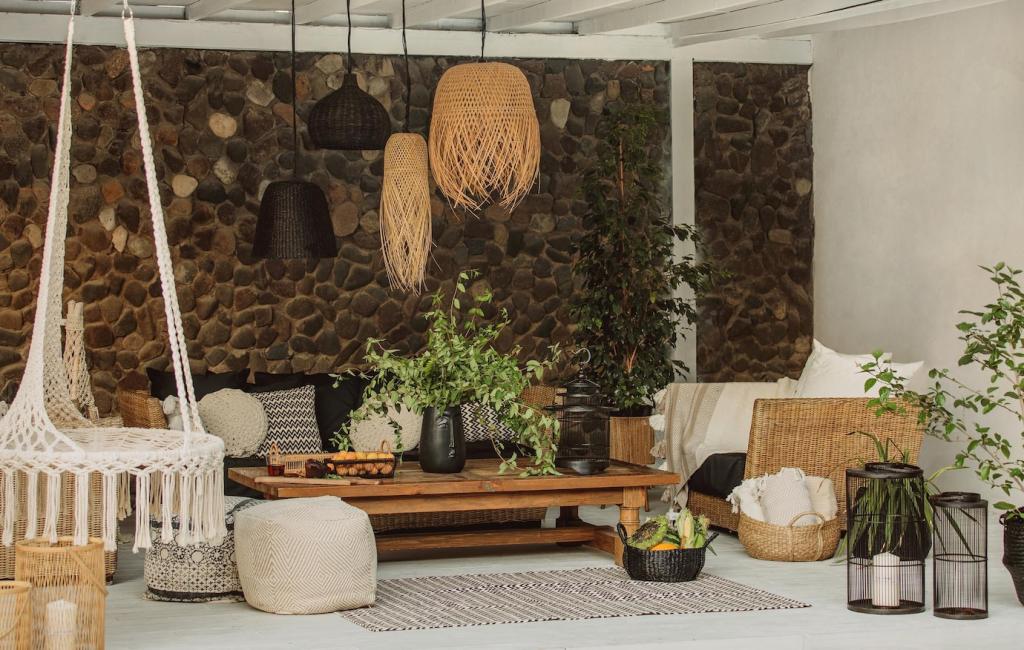
What Makes Flooring Truly Eco-Friendly
Eco-friendly flooring shines when it uses rapidly renewable resources, meaningful recycled content, and manufacturing with reduced energy and water. Durability matters too, because long lifespans prevent waste. Consider how easily a material can be repaired, refinished, or recycled, and share the priorities guiding your selection process today.
What Makes Flooring Truly Eco-Friendly
Look for FSC or PEFC for responsibly sourced wood, FloorScore or GREENGUARD Gold for low emissions, and Environmental Product Declarations for transparent impacts. Declare labels and Health Product Declarations add clarity. Verify adhesives and underlayments meet similar standards, then subscribe for our printable checklist covering eco criteria from subfloor to finish.
Cork: Quiet Warmth from a Living Forest
Cork oak bark can be carefully harvested every nine years, allowing trees to thrive for centuries and support wildlife-rich woodlands. A farmer in Portugal told us he considers each harvest a celebration of stewardship. That regenerative rhythm makes every cork tile feel like a respectful handshake with nature.
Bamboo: Fast-Growing Strength with Caveats
Moso bamboo can mature in five to seven years, regrowing from existing rhizomes while capturing carbon. Responsible plantations avoid habitat conflicts and overharvesting. While pandas do not rely on Moso used for flooring, good stewardship remains essential. Tell us which ecological safeguards you want from suppliers.
Bamboo: Fast-Growing Strength with Caveats
Strand-woven bamboo rivals or exceeds many hardwoods in dent resistance, but humidity control is crucial. Acclimate boards, check subfloor moisture, and leave proper expansion gaps. In our reader survey, failures often traced back to rushed installations. Planning carefully can mean decades of beautiful, stable floors underfoot.
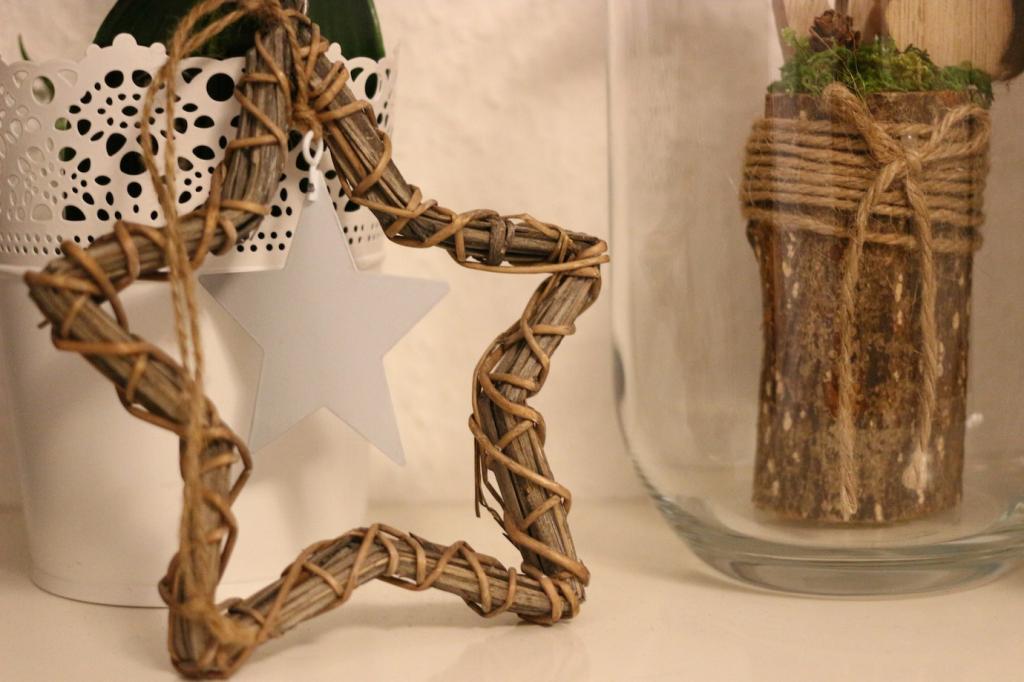
Wood with a Past, Forests with a Future
From old barns to school gym floors, reclaimed boards carry nail holes, saw marks, and gentle color shifts that mass-produced surfaces cannot mimic. One homeowner told us scratches became conversation starters, not defects. Choosing reclaimed supports circularity, reduces demand for new timber, and brings soulful texture to daily life.
Engineered planks offer stability and efficient use of lumber, especially with FSC-certified cores. Solid wood enables more refinishes but may require greater material. Consider glue content, veneer thickness, and radiant heat compatibility. Which format fits your climate and lifestyle? Comment to help others navigate this nuanced decision.
Hardwax oils and quality waterborne polyurethanes keep emissions low while delivering durable protection. Soap-based care supports easy spot repairs and avoids harsh cleaners. UV-cured prefinished options minimize on-site fumes. Tell us your favorite finish and we will compile reader-tested routines for long-lasting, healthy wood floors.
Linoleum: Natural Sheet Goods that Age Gracefully
Linoleum is traditionally made from linseed oil, pine rosin, cork or wood flour, limestone, and jute backing. Its naturally bacteriostatic surface suits kitchens and playrooms. Colors run through the material, so scuffs are less obvious. Curious about palettes? Ask, and we will share timeless combinations readers love.
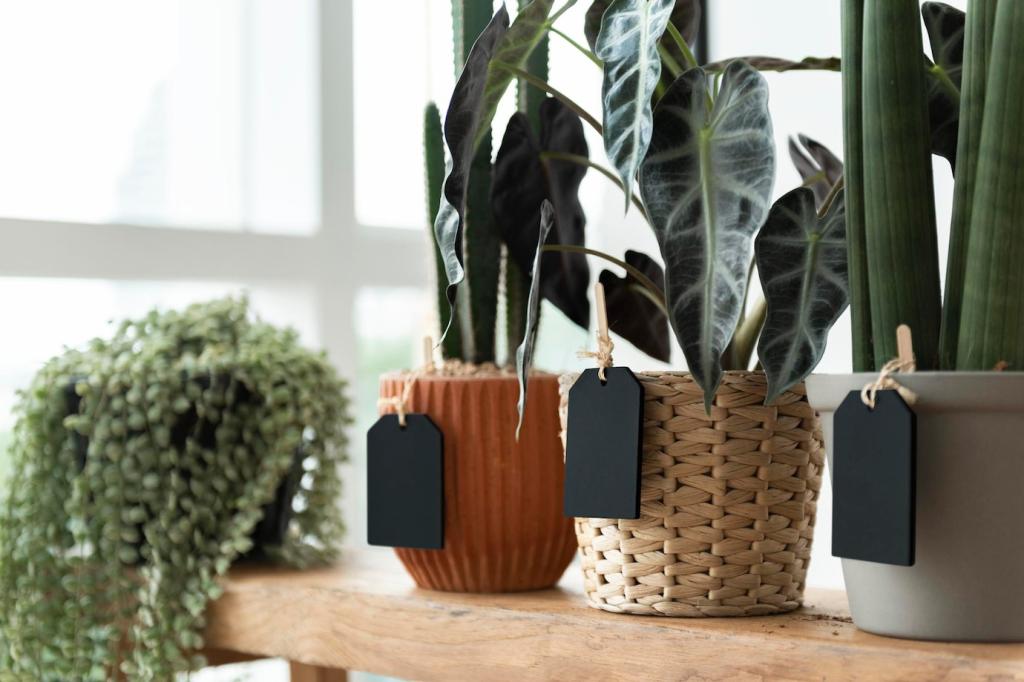
Recycled Rubber: Tough, Resilient, and Surprisingly Chic
From end-of-life tires to long-lived floors
Recycled SBR granules gain a second life as tiles or rolls, sometimes enriched with colorful EPDM flecks. Every square foot diverts material from landfills and incineration. If you have favorite color mixes or speckle patterns, post them—creative designs make sustainability feel fun and visible.
Performance in gyms, playrooms, and basements
Rubber flooring softens impact, dampens sound, and tolerates occasional moisture—great for basement workouts or energetic kids. Dense options resist heavy equipment dents. Add a moisture barrier where needed and clean with mild solutions. Which room needs resilience in your home? Tell us and we will suggest thickness options.
Managing odor and ensuring low emissions
New rubber can have a mild smell at first. Choose products with GREENGUARD Gold or equivalent testing, and unroll to ventilate before installation. Ask manufacturers for VOC data. Vote in our poll: which matters more to you—scent neutrality on day one or maximum durability over time?
